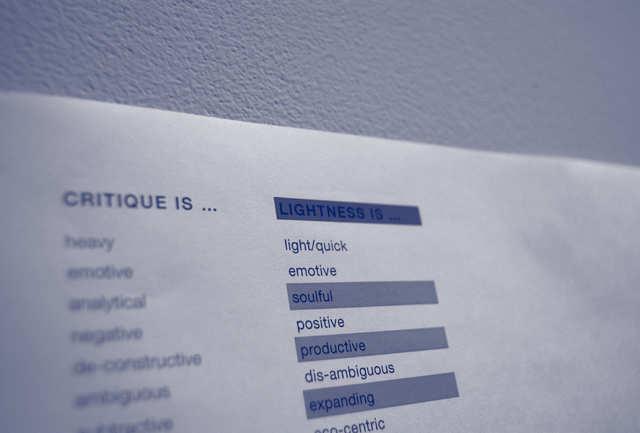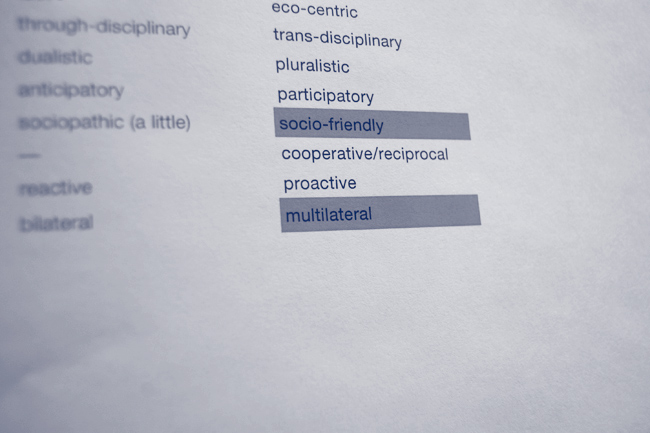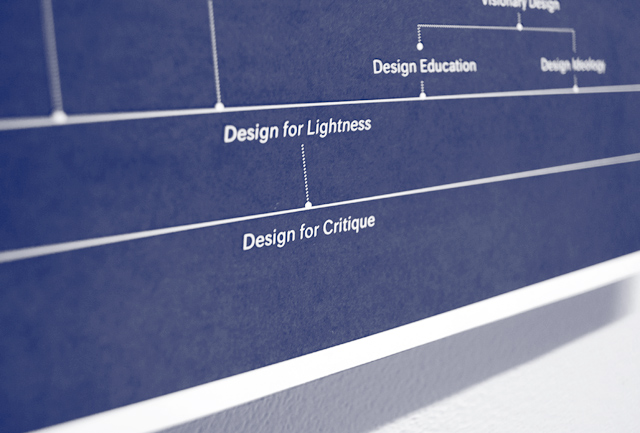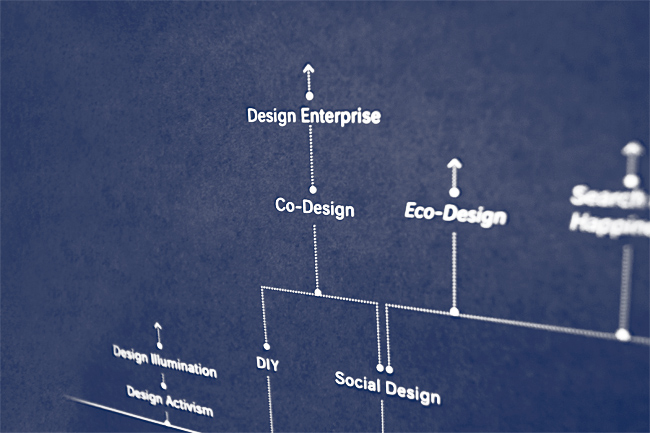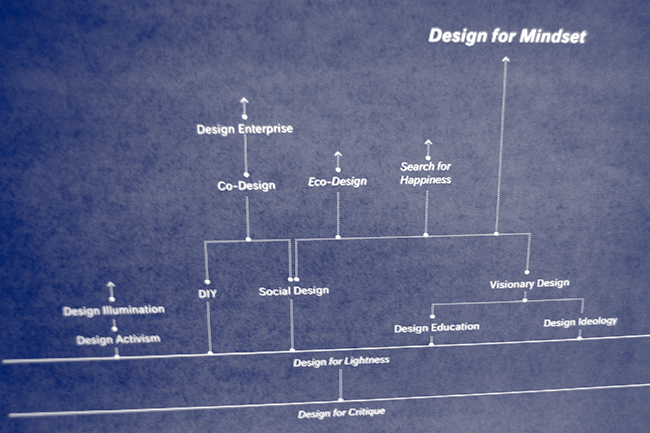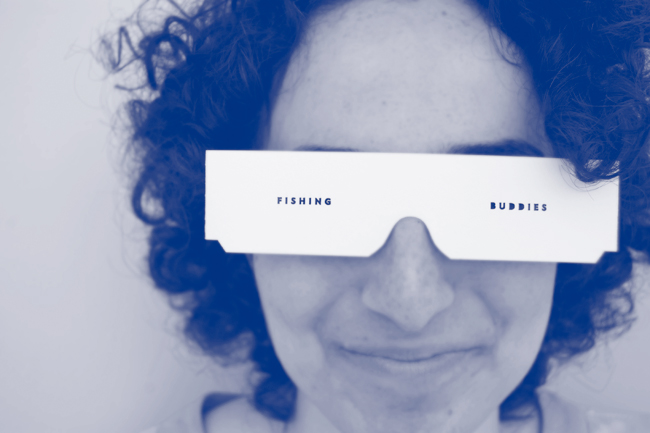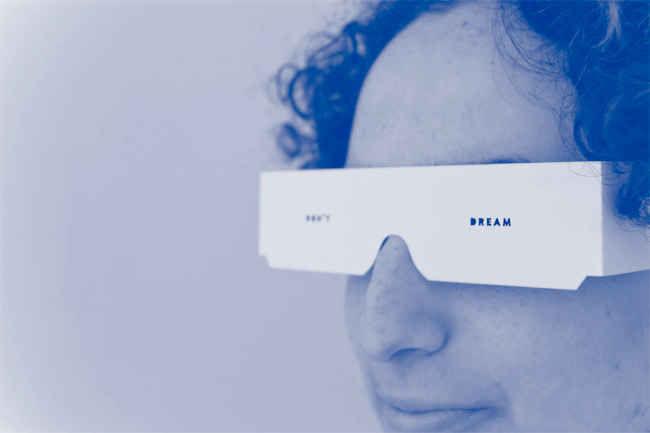we are future makers:
“We humans do not like change. For Paleolithic humanity change meant floods, earthquakes, volcanic eruptions, famine, wars and epidemics. Our biological inheritance is to fear change; it is encoded in our genes. Biologically we are future takers
....
... through restructuring our cultural mindsets we can neutralize the effect
of this biological baggage and turn future takers into future makers.”Dr. Peter Ellyard “The Art of Future Making,” Saxton Speaker Bureau Series
I conducted interviews asking people to describe their ideal world. From these interviews I learned that people usually do not wish for concrete
objects or situations. Instead, people wish for balance, health, love, happiness, freedom, comfort, and friends.
Some have futuristic dreams and seek things like teleportation or the
For the most part, however, people desire simpler things: free time, tasty and healthy
food, the ability to hear, to smell,
and to sense. They want to enjoy the world, to have the freedom to travel, and to help other people. They want to enjoy
the work they do, to support each other, to learn new things, and to be comfortable with
I used the collected interviews to create a video that summarized these wishes, in their abstract form, before they go
through the filter









